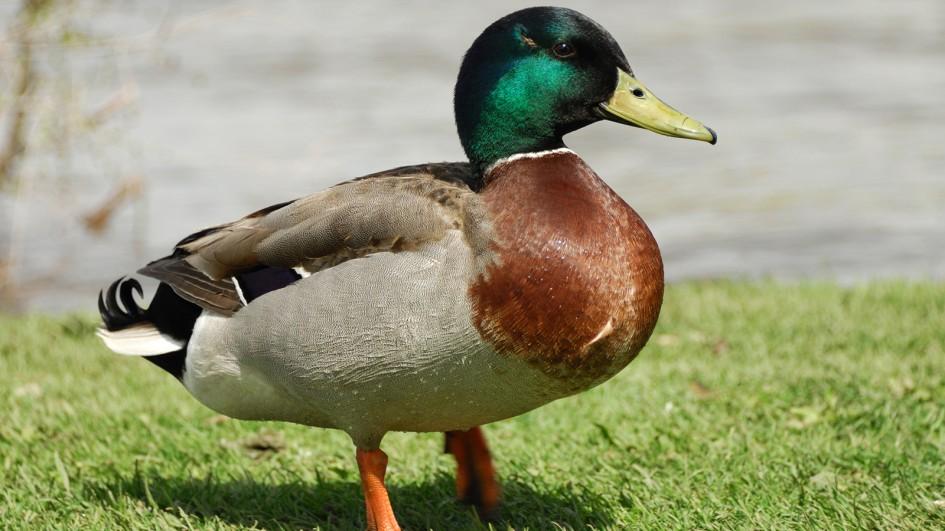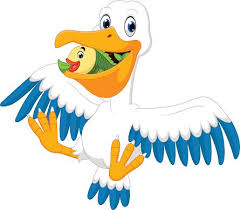Mini Sheet: Birds of Saba (Caribbean Netherlands 2019)
Birds of Saba (Caribbean Netherlands 2019)
04 October (Caribbean Netherlands ) within release _SABA - Birds of Saba (2019) goes into circulation Mini Sheet Birds of Saba face value 20*150 United States cent
| Mini Sheet Birds of Saba in catalogues | |
|---|---|
| Colnect codes: | Col: BQ-SA 2019-03 |
Mini Sheet is square format.
Also in the issue _SABA - Birds of Saba (2019):
- Stamp - Birds of Saba face value 150;
- Stamp - Birds of Saba face value 150;
- Stamp - Birds of Saba face value 150;
- Stamp - Birds of Saba face value 150;
- Stamp - Birds of Saba face value 150;
- Stamp - Birds of Saba face value 150;
- Stamp - Birds of Saba face value 150;
- Stamp - Birds of Saba face value 150;
- Stamp - Birds of Saba face value 150;
- Stamp - Birds of Saba face value 150;
- Stamp - Birds of Saba face value 150;
- Stamp - Birds of Saba face value 150;
- Stamp - Birds of Saba face value 150;
- Stamp - Birds of Saba face value 150;
- Stamp - Birds of Saba face value 150;
- Mini Sheet - Birds of Saba face value 20*150;
- Stamp - Birds of Saba face value 150;
- Stamp - Birds of Saba face value 150;
- Stamp - Birds of Saba face value 150;
- Stamp - Birds of Saba face value 150;
- Stamp - Birds of Saba face value 150;
Mini Sheet Birds of Saba it reflects the thematic directions:
Animals are multicellular, eukaryotic organisms of the kingdom Animalia (also called Metazoa). All animals are motile, meaning they can move spontaneously and independently, at some point in their lives. Their body plan eventually becomes fixed as they develop, although some undergo a process of metamorphosis later on in their lives. All animals are heterotrophs: they must ingest other organisms or their products for sustenance.
Birds (Aves), a subgroup of Reptiles, are the last living examples of Dinosaurs. They are a group of endothermic vertebrates, characterised by feathers, toothless beaked jaws, the laying of hard-shelled eggs, a high metabolic rate, a four-chambered heart, and a strong yet lightweight skeleton. Birds live worldwide and range in size from the 5 cm (2 in) bee hummingbird to the 2.75 m (9 ft) ostrich. They rank as the class of tetrapods with the most living species, at approximately ten thousand, with more than half of these being passerines, sometimes known as perching birds. Birds are the closest living relatives of crocodilians.
Birds of prey or predatory birds, also known as raptors, are hypercarnivorous bird species that actively hunt and feed on other vertebrates (mainly mammals, reptiles and smaller birds). In addition to speed and strength, these predators have keen eyesight for detecting prey from a distance or during flight, strong feet with sharp talons for grasping or killing prey, and powerful, curved beaks for tearing off flesh. Although predatory birds primarily hunt live prey, many species (such as fish eagles, vultures and condors) also scavenge and eat carrion
Duck is the common name for numerous species of waterfowl in the family Anatidae. Ducks are generally smaller and shorter-necked than swans and geese, which are members of the same family. Divided among several subfamilies, they are a form taxon; they do not represent a monophyletic group (the group of all descendants of a single common ancestral species), since swans and geese are not considered ducks. Ducks are mostly aquatic birds, and may be found in both fresh water and sea wate
Owls are birds from the order Strigiformes, which includes over 200 species of mostly solitary and nocturnal birds of prey typified by an upright stance, a large, broad head, binocular vision, binaural hearing, sharp talons, and feathers adapted for silent flight. Exceptions include the diurnal northern hawk-owl and the gregarious burrowing owl.
Pelicans (genus Pelecanus) are a genus of large water birds that make up the family Pelecanidae. They are characterized by a long beak and a large throat pouch used for catching prey and draining water from the scooped-up contents before swallowing. They have predominantly pale plumage, except for the brown and Peruvian pelicans. The bills, pouches, and bare facial skin of all pelicans become brightly coloured before the breeding season.






